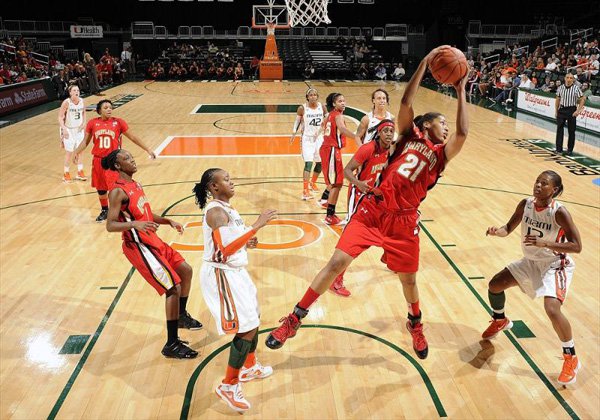fielding strategy
Question
I manage a pony league team. Generally, I understand fielding strategy in the sense that when I watch an MLB game, I know what was intended when the defense takes a certain approach to a ball put in play. But as I coached my team this summer, I always felt at a loss in terms of a general rule to teach to 12-13y old kids about where to go with the ball depending on the situation, i.e. man on 2nd and 3rd base with 0 or 1 outs and the ball is hit to left field. Concede one run and let a runner advance from 2nd to 3rd and throw to 2nd so that the batter cannot advance? Say that in the same situation there are 2 outs and the batter hits a ground ball to left - should we throw to home? I guess that my question is: is there concise guidance that is flexible enough to address most fielding situations with runners on base?
Thanks!
Answer
Chuck: Thank you for your question.
I wouldn't say that there is concise guidance on situations, certainly none that will hold up all the time.
Decisions get made based on the game conditions, player abilities, score, inning, how hard the ball is hit, speed of the runners, etc.
Looking at your first situation: Runners on second and third, 0 or 1 out, ball hit to left field.
Outfielders would normally be looking to throw out the second runner on a base hit. Should there be no opportunity to get that runner, the catcher can tell the third baseman to cut the ball, either to hold the batter/runner at first, or to try and throw him out at second.
While there is a basic initial strategy, there are built-in opportunities to adjust as things change, and change they will.
Second situation: Same runners, 2 outs, batter hits ground ball to left - should we throw home?
Initial thought process would say yes. You still have the same adjustment which can be made with the third baseman cutting the throw if there is no chance to throw out the second runner.
There are additional factors to consider. Is it early in the game, or in the last inning? Speed of the runner from second, arm strength of the left fielder. Are you ahead by a lot, behind by a lot, or is game close, which of the runners is the tying or winning run?
Due to the way game situations play out and fluctuate, the most productive method is to teach the players where to go in a live situation drill, during practice.
If I was allowed to only use one drill to coach baseball, this would be it. As a coach you are in complete control of what you work on, you can stop at any time and talk about how it played out, players get to think through the situation, then react to what happens in front of them. Just like in your games, things will go wrong, things will go right; players have to react to what is in front of them.
Set a defensive team on the field, use those not on the field at the moment, to run the bases. You get offensive work on base running at the same time. You can start with no one on, no outs and just start playing. Coach can hit any situation you like, there isn't anything you can't cover in this drill.
The majority of the thinking in the game situation has to be done by the players. This drill is where they learn to think on their feet, on the move. The more repetitions, the better. If it is wrong, you can correct it right then, talk about what would have been better to do, reset and go again. Everyone gets to see it in action, hear what was right and wrong with what occurred, even if they weren't directly involved with the ball.
On my website at www.theoleballgame.com, there is a page on this drill, as well as other team and individual drills. There are pages in the defensive situations section of the nav bar that may help as well.
It takes time and repetitions, but they will get there. The goal is to get them to the point where they are thinking ahead, before the ball is hit to them, about what they will need to do, then get enough experience to be able to adjust when everything doesn't just fall into place. It is a beautiful sight when it all falls into place; but it's even better to watch when it falls apart and they make the right adjustments as a team to right the ship.
Their confidence level will go up and they will react faster within the game.
Another value with this drill, you have the ability to interchange players in all 9 positions, thus they learn what to do everywhere on the field. It can only help them as they continue to play within the system. Versatility is a definite asset the longer they play.
You can contact me here at All Experts, or on my site through the contact Rick page, or the questions page, should you have additional questions.
Good luck as you go forward. Please let me know how it is working for you.
Yours in baseball,
Rick
Fix a hitch in a swing
Ground rule doubles


